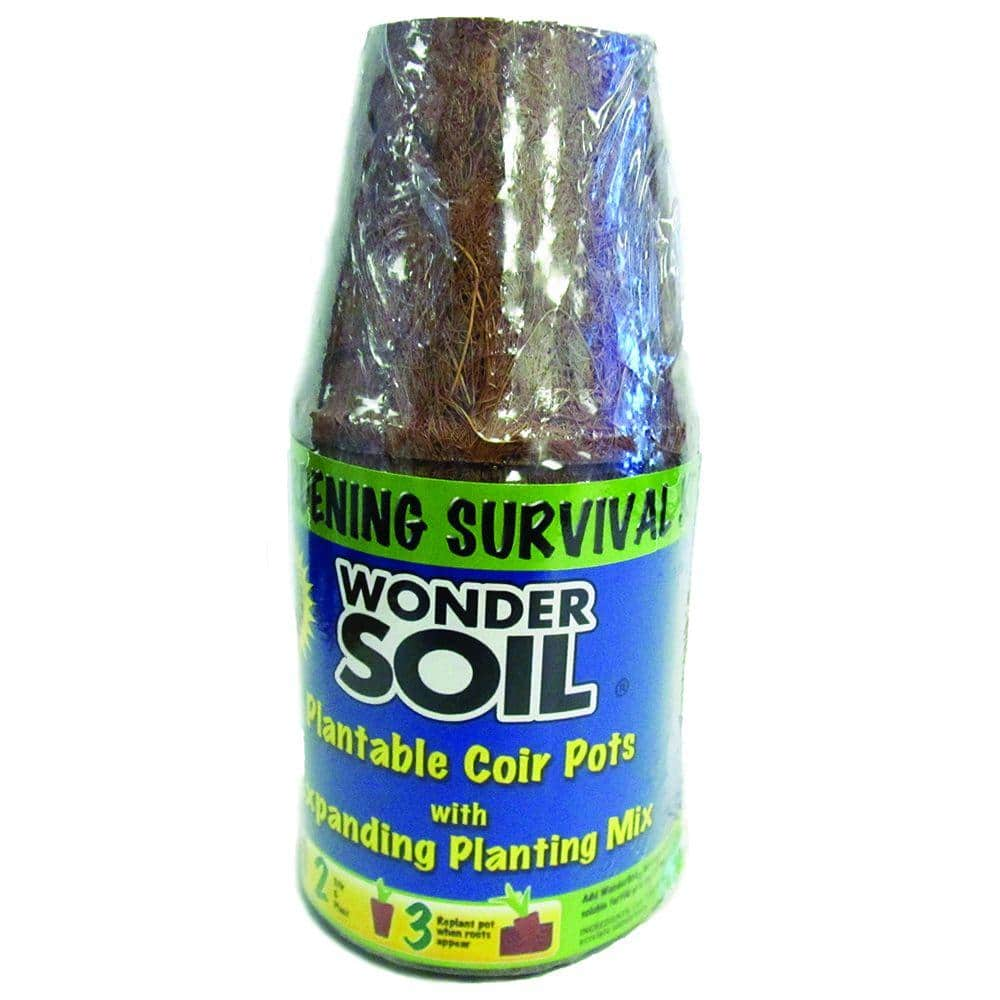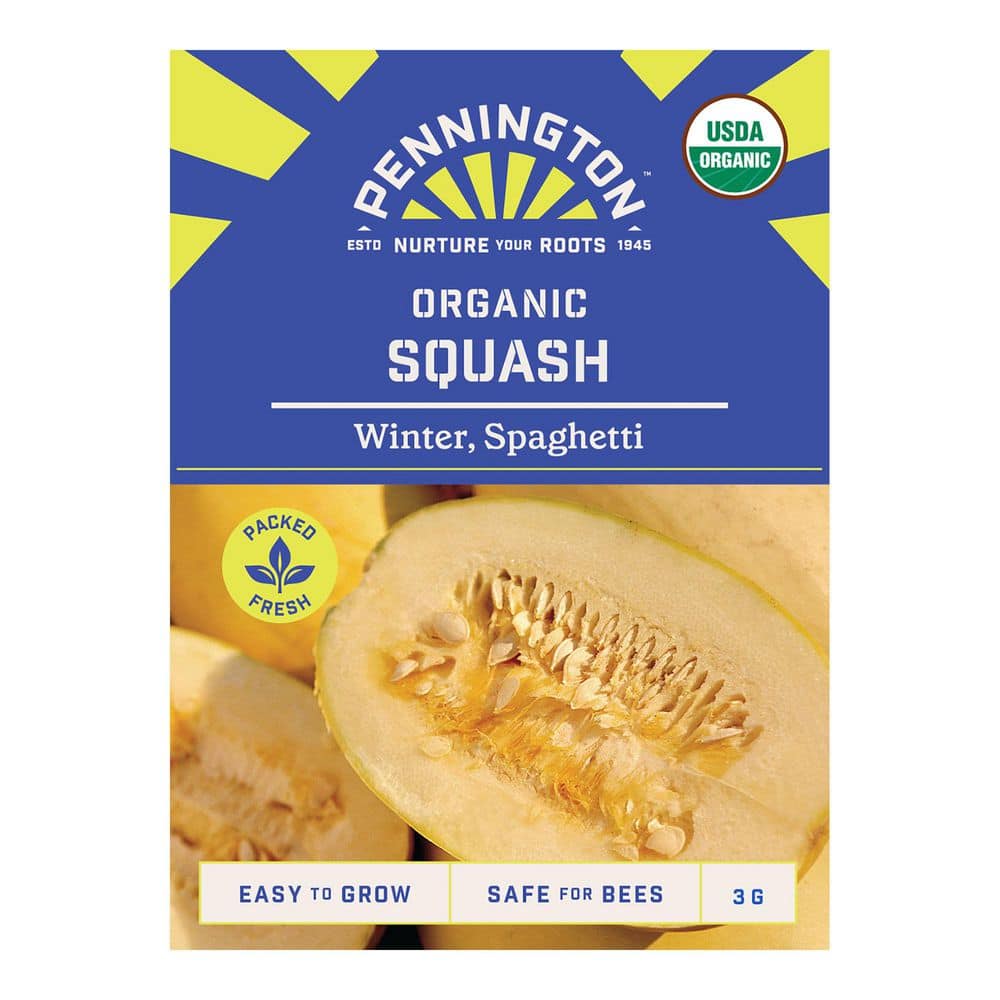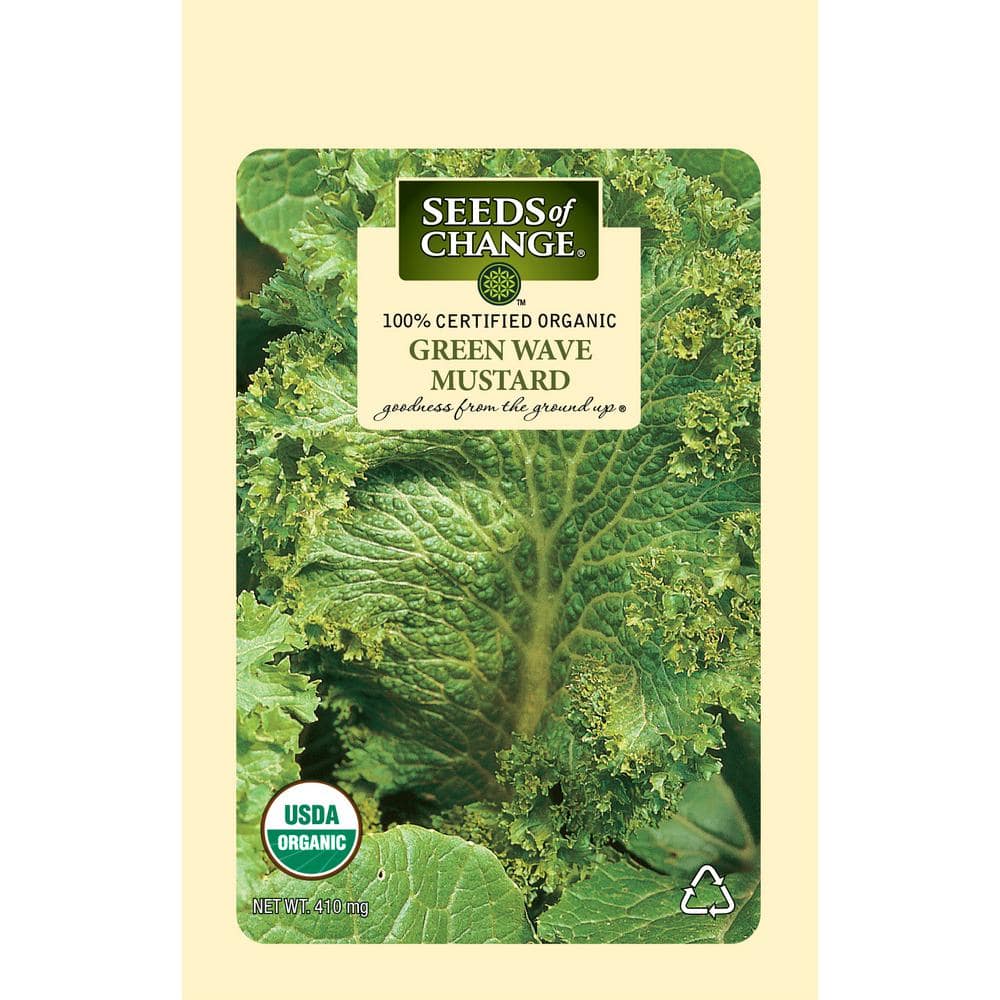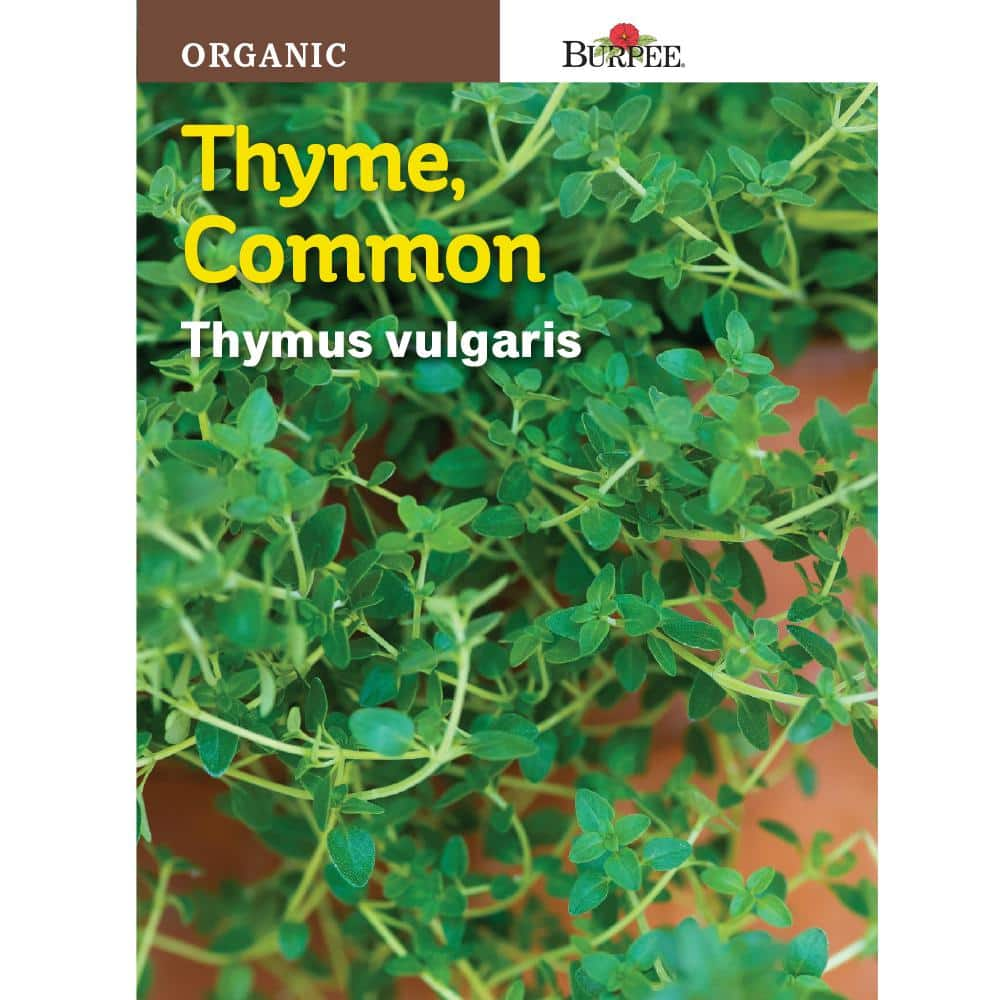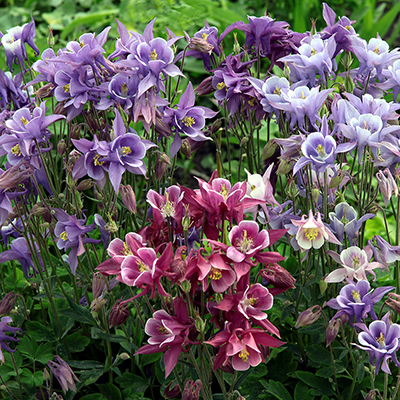Seed Starting Ideas

Last updated May 6, 2024
Starting your garden vegetables, herbs and flowers from seed is one of the easiest ways to get more bang for your gardening buck. One seed packet grows plenty so you can create the garden you’ve always wanted at a very low cost. When it comes to sprouting seeds, garden smarter with things that help make seed starting easier.
Seed starters can help grow luscious tomatoes, tasty basil, colorful zinnias and other garden delights. Read on for seed-starting ideas that can help you get things growing.
Table of Contents
Seed Plugs and Pellets
Seed Mats
Colorful Seeds
Germination Kits
Peat Pots
Coffee Pods
Seed Plugs and Pellets

Seed plugs and pellets are another way to start your garden. They're a good option if you want to grow a specific type of flower or edible plant because you get to choose the seeds.
Plugs and pellets contain a growing medium. A growing medium is a substance in which you can grow seeds that don’t require regular soil. Many plugs and pellets are peat moss. Peat moss is made of organic materials, so it already has nutrients. It also does a great job of holding onto water.
Follow the manufacturer's instructions to use plugs and pellets properly. Usually, you simply add a seed to the top, line the plugs or pellets up in a growing tray and water as needed.
Tip: If you’re new to seed plugs and pellets, look for a kit. These sets provide growing trays and other accessories to simplify seed starting.
Seed Mats

If you want to start seeds in a large area, mats can be a good solution. A seed mat is made of a soft-growing medium and is most often used for planting grass seeds. The seeds are embedded into the mat, so you don't have to add any.
To use, you just remove the seed mat from the box and unroll it in the desired planting area. Water and then follow the manufacturer's tips for ongoing care. As the seeds grow, the blanket material helps prevent weed growth.
Tip: When selecting seed mats, pay attention to lighting needs. Depending on the seeds, they may need full sun, partial sun or partial shade.
Colorful Seeds

Seeds are small, so they can get lost easily, especially if you're starting them indoors. As a result, some manufacturers have introduced colored seeds. These products have a natural coating that makes them colorful. Nothing is done to alter the plant, so these seeds are usually non-GMO.
Some brands use a unique color for each seedling. This approach makes it easy to tell seeds apart even when they're out of the packaging. As a result, you can space plants properly from the start and are less likely to need to thin out seedlings after they sprout.
Germination Kits

Greenhouses help plants grow by holding in warmth and moist air. You don't need to launch an entire construction project to get the benefits of one. Mini greenhouses provide a compact alternative.
If you want to start seeds indoors, a germination kit can get you off to an easier start. Designs vary, but most include a grow light, a planting tray and a heat mat to keep seeds warm. To use, add seeds and soil or another growing medium. Water regularly and turn the light on and off to give seeds the right amount of artificial sunlight daily.
You can also create your own seed starting system using a soil blocker and seed starting mix.
Tip: Follow the manufacturer's assembly, use and safety instructions for best results.
Peat Pots

Peat pots work like small flower pots, but they're made of peat moss rather than pottery or metal. They work great for starting herbs, vegetables, flowers and other plants.
Fill peat pots with potting mix and seeds and then water them to get started.
Coffee Pods

Coffee pods let you brew up your favorite drinks one cup at a time, but they leave plastic waste behind. Fortunately, those cups are just the right size for getting seeds started.
To try this idea, remove any remaining foil from the top of the pod. Dump out the grounds or tea leaves and wash the pods with dish soap and warm water. Let them dry completely, and then fill them with soil and seeds. Water and line up the upcycled pods in a tray.
Eggshells

You can start your garden with one dozen eggs and an egg carton. Make eggs for breakfast or bake something sweet. When you crack the eggs, make holes toward the narrower, rounded end. Throw away the shell shard from the top and set the rest aside.
Rinse out the eggshells and allow them to air dry upside down on a paper towel. Then, fill them with potting soil and drop in seeds and water them. Place the eggs back in the carton, using it in place of a plant tray.
Ice Trays

A worn-out ice cube tray can easily get a second life as a plant tray for seeds. First, use a power drill to make small drainage holes in the bottom of each section.
Place the ice trays in a growing tray or on a baking sheet
with four raised sides. Then, fill it with soil and seeds and water.
Winter Sowing Seeds

Winter sowing is a method of starting seeds outdoors in homemade mini-greenhouses. Gardeners repurpose milk jugs or place cups in perforated bins, fill partway with soil and sow seeds that benefit from a cool start.
You can try winter sowing in milk jugs or plastic bins to start seeds outdoors in the coldest part of the year.
Depending upon where you live, January and February are the best months for winter sowing. You can winter sow in March in extreme northern climates.
Tips for winter sowing:
- Choose seeds that are cold hardy or require cold weather stratification to break dormancy, like nasturtiums.
- If using milk jugs, clean them and cut around the middle. This makes a mini-greenhouse. Poke drainage holes in the bottom.
- You can repurpose plastic cups or large yogurt cups, too. Cut holes in the bottom and place them in clear plastic bins with holes drilled in the lid and the bottom.
- Fill milk jug bottom with organic potting soil. Moisten soil with water before adding seeds.
- Sow seeds thickly, press into soil and cover lightly with more soil.
- Close up milk jug and seal it with tape. Remove cap from milk jug. Use painter's tape and a marker to label with the seed variety and the sowing date.
- Place milk jugs outside in a sunny location that is protected from winds.
- Because these are little greenhouses, you may not need to add much water. Check every few days, especially as temperatures rise and make sure seedlings are getting sufficient water.
- Seeds will germinate and grow as temperatures warm. After your area's last frost, transplant seedlings to larger pots or into your garden.
There are many ways to start your garden. Choose time-saving seed starters like mats and pellets. Create an indoor growing station with mini greenhouses and germination kits. Take items you'd usually throw away and upcycle them into growing containers. Whichever seed starting idea is right for you, The Home Depot can help you get the materials you need for your gardening project. Use The Home Depot Mobile App to locate products and check inventory. We’ll take you to the exact aisle and bay.

